Zondervan
Guide to Cults &
Religious Movements
Titles in the series released in 1995
Unmasking the Cultsby Alan W. Gomes
Jehovahs Witnessesby Robert M. Bowman, Jr.
Masonic Lodgeby George A. Mather and Larry A. Nichols
Mormonismby Kurt Van Gorden
New Age Movementby Ron Rhodes
Satanismby Bob and Gretchen Passantino
Unification Churchby J. Isamu Yamamoto
Mind Sciencesby Todd Ehrenborg
Titles in the series released in 1998
Astrology and Psychic Phenomenaby Andr Kole and Terry Holley
Buddhism, Taoism and Other Far Eastern Religionsby J. Isamu Yamamoto
Goddess Worship, Witchcraft and Neo-Paganismby Craig S. Hawkins
Jesus Only Churchesby E. Calvin Beisner
Hinduism, TM and Hare Krishnaby J. Isamu Yamamoto
Unitarian Universalismby Alan W. Gomes
Truth and Error: Comparative Charts of Cults and Christianityby Alan W. Gomes
Truth and Error
Copyright 1998 by Alan W. Gomes
Requests for information should be addressed to:
 ZondervanPublishingHouse
ZondervanPublishingHouse
Grand Rapids, Michigan 49530
ePub Edition July 2016: ISBN 978-0-3105-3492-1
Library of Congress Cataloging-in-Publication Data
Gomes, Alan W., 1955
Truth and error : comparative charts of cults and Christianity / Alan W. Gomes.
p. cm. (Zondervan guide to cults & religious movements)
ISBN 0-310-22049-1
1. ReligionsControversial literatureCharts, diagrams, etc. 2. CultsControversial literatureCharts, diagrams, etc. I. Title. II. Series.
BL85.G64 1998
261.2dc21
97-48797
CIP
All Scripture quotations, unless otherwise indicated, are taken from the Holy Bible: New International Version. NIV. Copyright 1973, 1978, 1984 by International Bible Society. Used by permission of Zondervan Publishing House. All rights reserved.
All rights reserved. No part of this publication may be reproduced, stored in a retrieval system, or transmitted in any form or by any meanselectronic, mechanical, photocopy, recording, or any otherexcept for brief quotations in printed reviews, without the prior permission of the publisher.
Interior design by Art Jacobs
98 99 00 01 02 03 04 05 / DP/ 10 9 8 7 6 5 4 3 2 1
DP/ 10 9 8 7 6 5 4 3 2 1
The Zondervan Guide to Cults and Religious Movements comprises fifteen volumes, treating some of the most important groups and belief systems confronting the Christian church today. Written in the form of a detailed outline, this series distills the most important facts about each and presents a well-reasoned, cogent Christian response. Each volume is written by a recognized expert or experts on the topic and presents a fair, accurate, and well-documented presentation of the groups beliefs and teachings. Each group is then critiqued from a biblical Christian perspective.
One of the most helpful features is the parallel comparison chart that appears at the end of most of the volumes. Arranged topically, the chart juxtaposes direct quotations from the groups literature in the left column with a biblical refutation on the right. The groups quotations are properly referenced, enabling one to go directly to the source for further study.
The chart is very useful in a couple of different ways. First, it serves as a virtual summary of the entire book. For someone who has read the book and has studied the detailed discussion, the chart provides a handy review. For someone who has not yet read the book or does not have the time to study it in detail, the chart gives a good overall idea of what each group teaches and provides biblical arguments to counter those beliefs. Another important use is in an actual witnessing situation. Because the chart presents unaltered word-for-word quotations directly from the groups own literatureincluding the complete reference as to where these words may be foundthe quotations can provide the basis for witnessing dialogue. The solid biblical arguments against the ideas expressed in each quotealso properly referencedassist in sharing the truth. The topical arrangement makes it easy to find relevant material quickly, as would be needed in an impromptu situation.
Because of their value, all these charts have been collected into the present volume to form a handy, stand-alone reference. To introduce them is a brief overview of each groups history and belief system. These short overviews provide some context for the quotations that appear in the parallel charts. Anyone wanting more detailed information should consult the complete book on the topic.
Two books in the series do not contain parallel charts. Instead, an overview of these books appears at the end of this volume, in which the main arguments and issues contained in the book are summarized.
We hope that you will find this book to be a handy tool as you seek to give reasons for your faith (1 Peter 3:15).
Alan W. Gomes
Chapter I
Jehovahs Witnesses
Author: Robert M. Bowman, Jr.; summary by Alan W. Gomes
Background
The Watchtower Bible and Tract Society, more commonly known as Jehovahs Witnesses, was founded in the 1880s by Charles Taze Russell, a haberdasher from Allegheny, Pennsylvania. Russell, who attended Presbyterian and Congregational churches as a child, found himself unable to accept their teaching about hell. Under Seventh-day Adventist influence, Russell embraced their teaching that hell stood for the grave and that the wicked would ultimately be annihilated, not tortured consciously for eternity. Also through Adventist influence, Russell adopted the idea that Christs second coming was an invisible, spiritual presence that had already begun, rather than a literal, bodily return to take place in the future. Russell also denied the doctrines of the Trinity and of Christs deity. He was known for his vociferous denunciations of Christendoms allegedly false beliefs and practices. Russell died in 1916, believing that World War I was Armageddon.
Joseph Franklin Rutherford (d. 1942), the societys legal counselor, succeeded Russell as head of the movement, and it was under his tenure that they adopted the name Jehovahs Witnesses. The current Watchtower president is Milton G. Henschel. In terms of social and ethical practices, JWs do not observe birthdays, Christmas, Easter, Thanksgiving, Mothers Day, or any other such holidays, rejecting them as pagan. They refuse blood transfusions (based on a misunderstanding of Leviticus 17), will not participate in politics or the military, and will not salute the flag. They maintain strict neutrality in war. There are presently at least 5 million active JWs worldwide. They are known for their massive proselytizing efforts, dedicating about one billion hours per year to witnessing (that is, over 200 hours per member per year). JWs also distribute enormous amounts of printed literature, more so than any other cult.

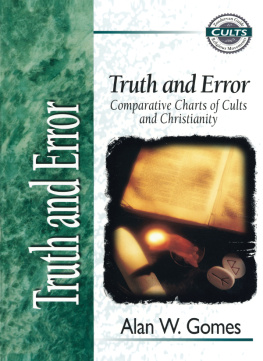

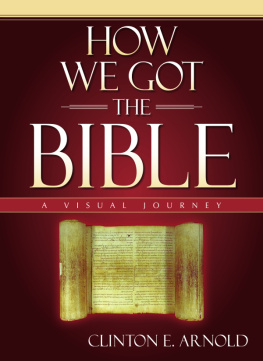
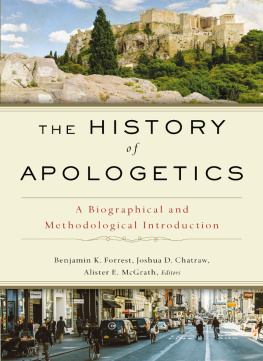
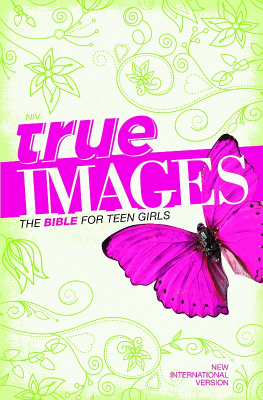
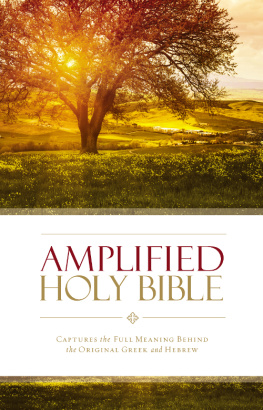

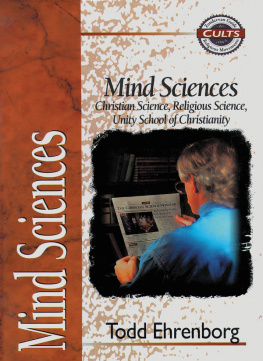

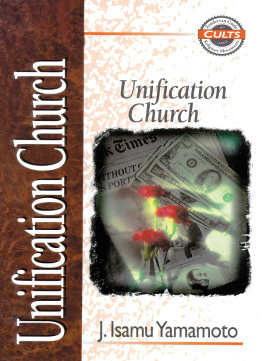

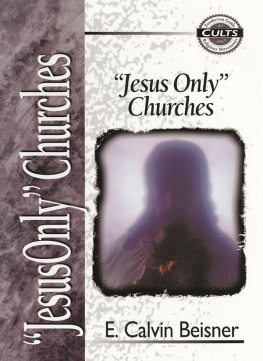
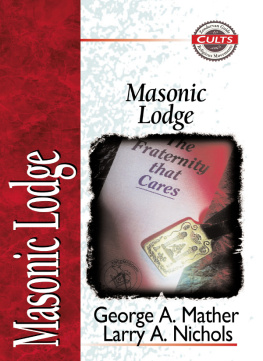
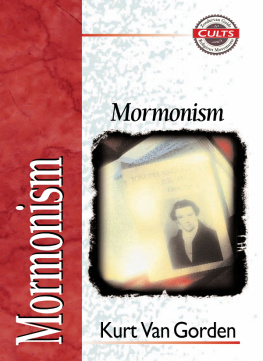
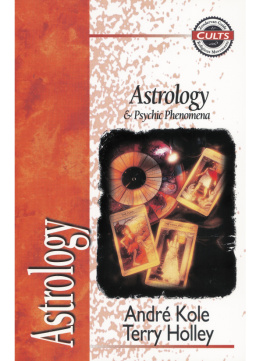

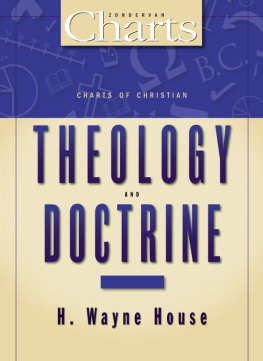
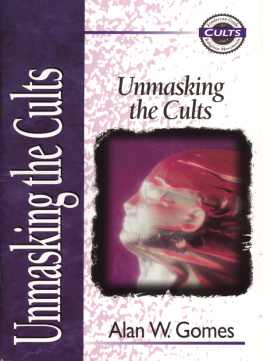
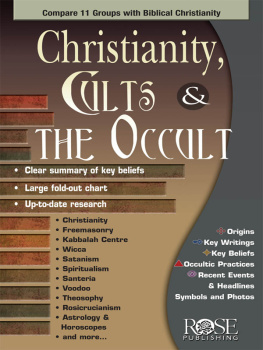



 ZondervanPublishingHouse
ZondervanPublishingHouse DP/ 10 9 8 7 6 5 4 3 2 1
DP/ 10 9 8 7 6 5 4 3 2 1
